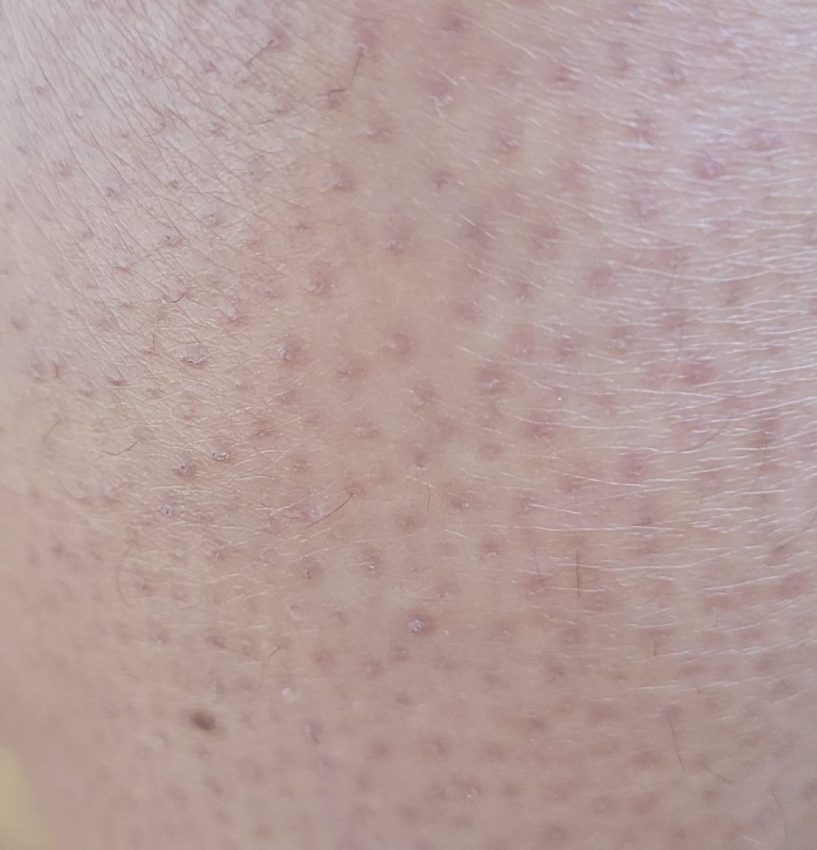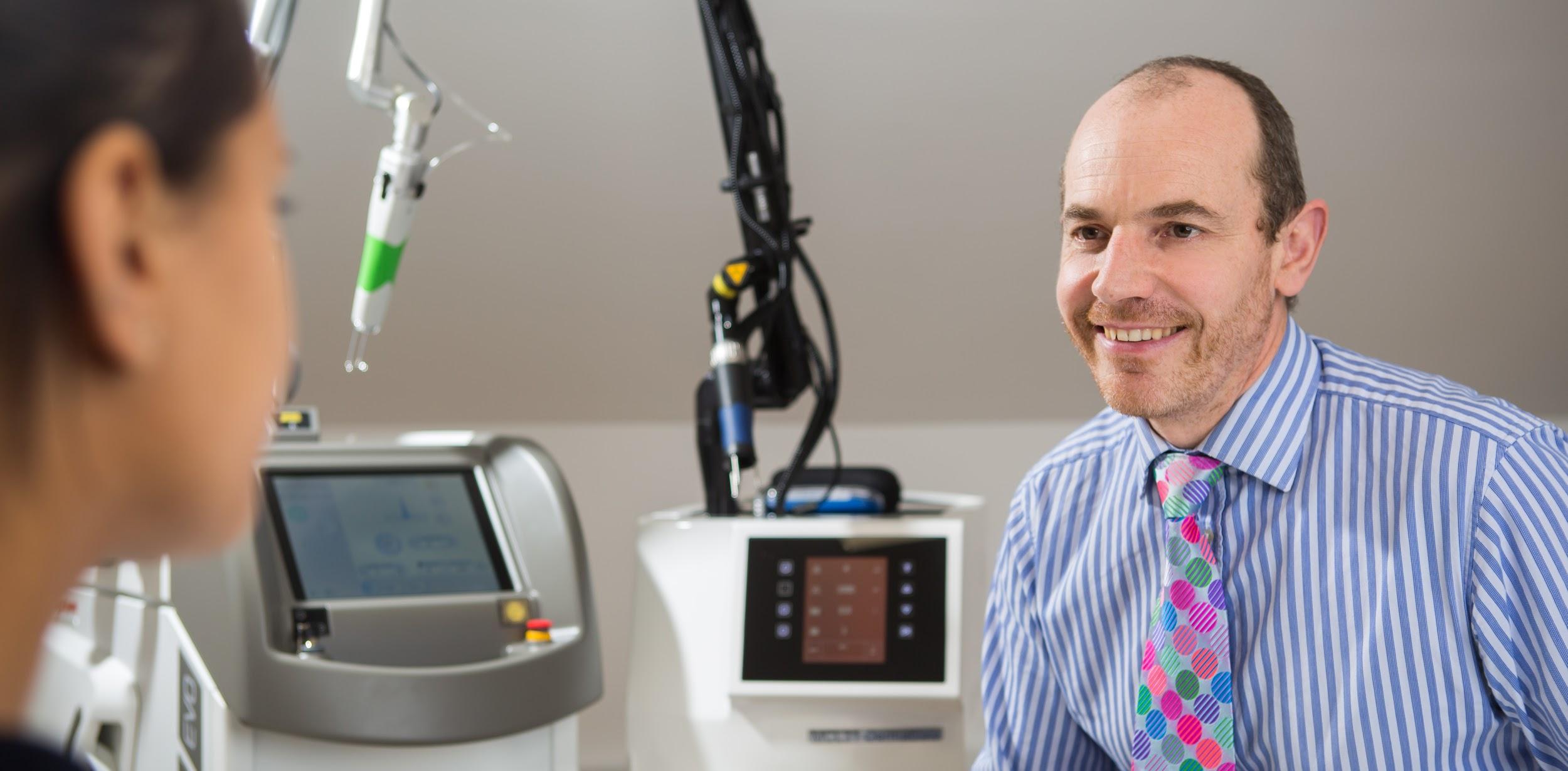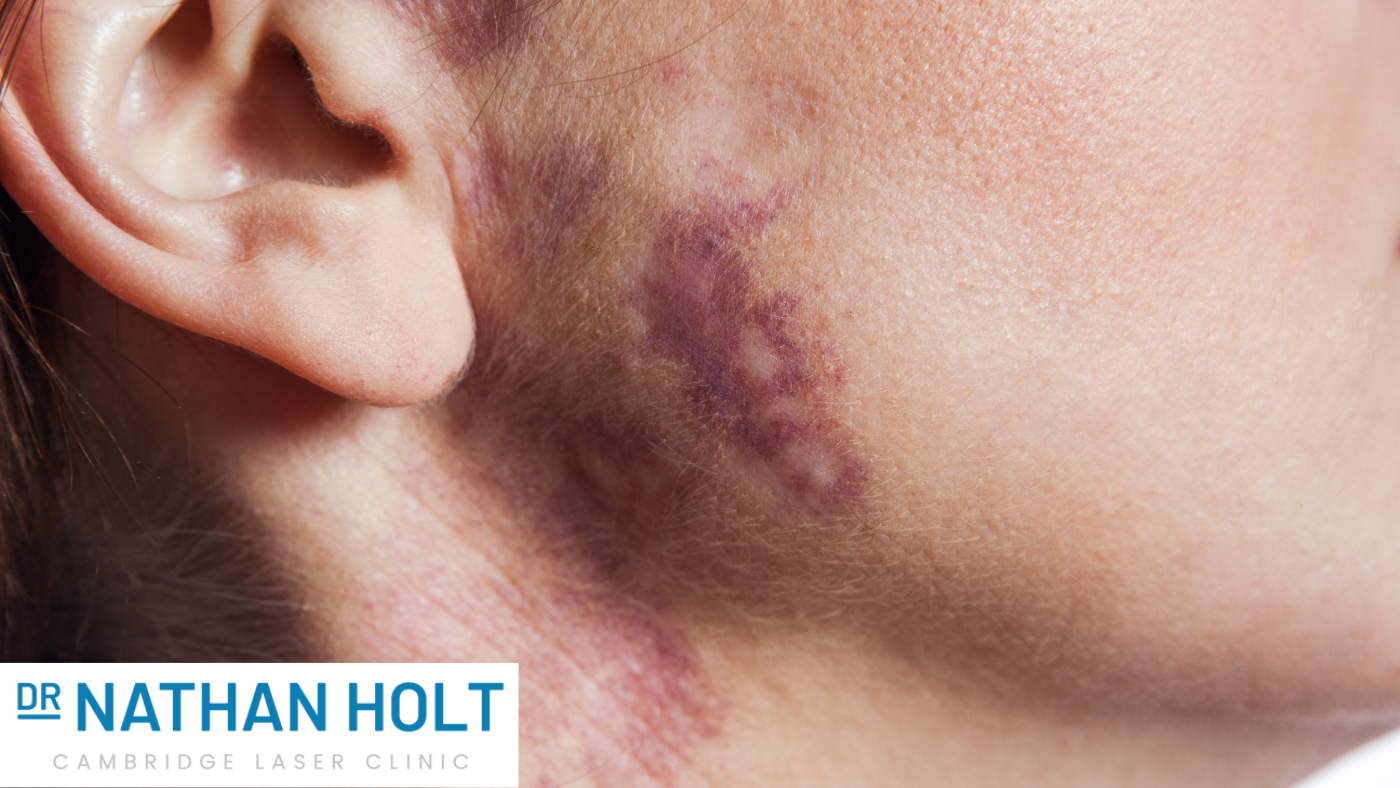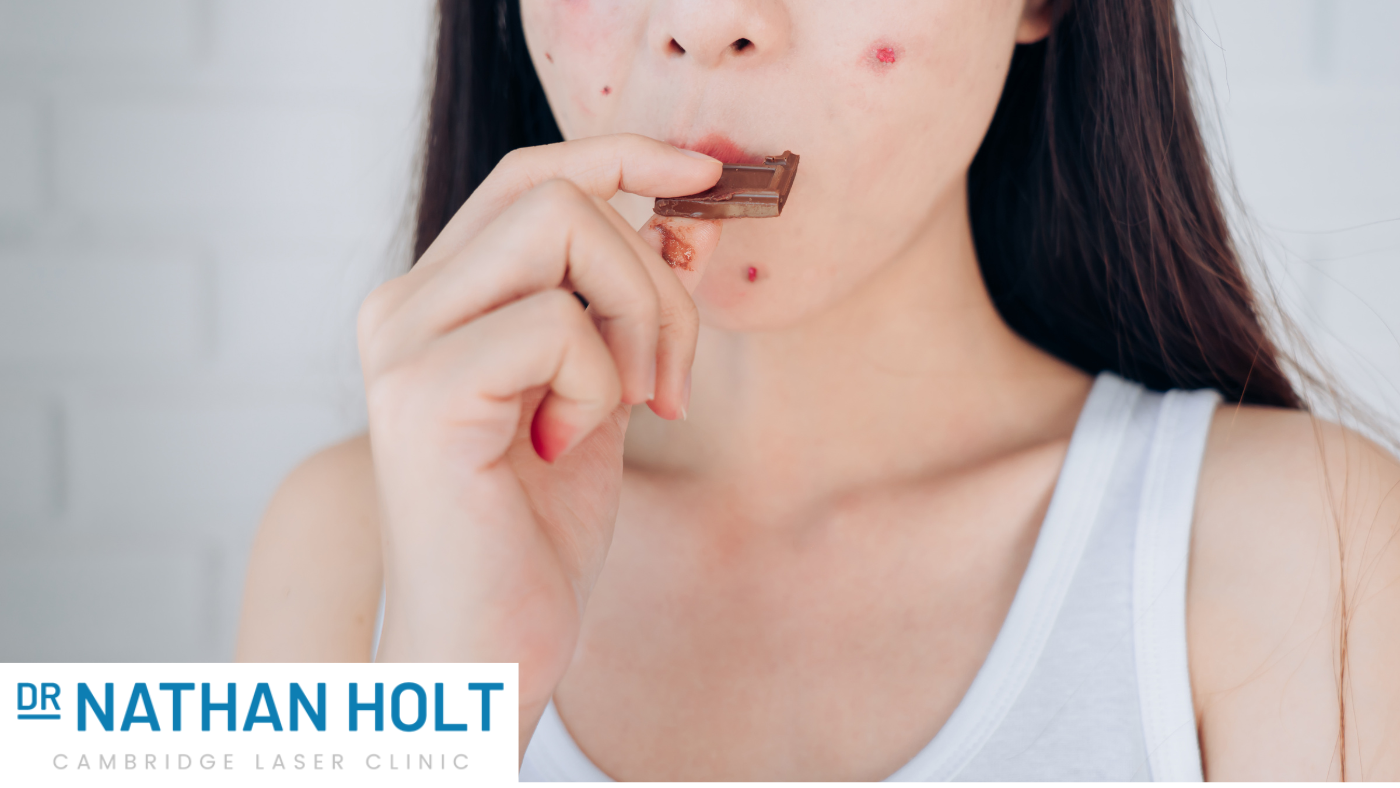Rosacea, a chronic skin condition characterised by facial redness, swelling, and visible blood vessels, can…
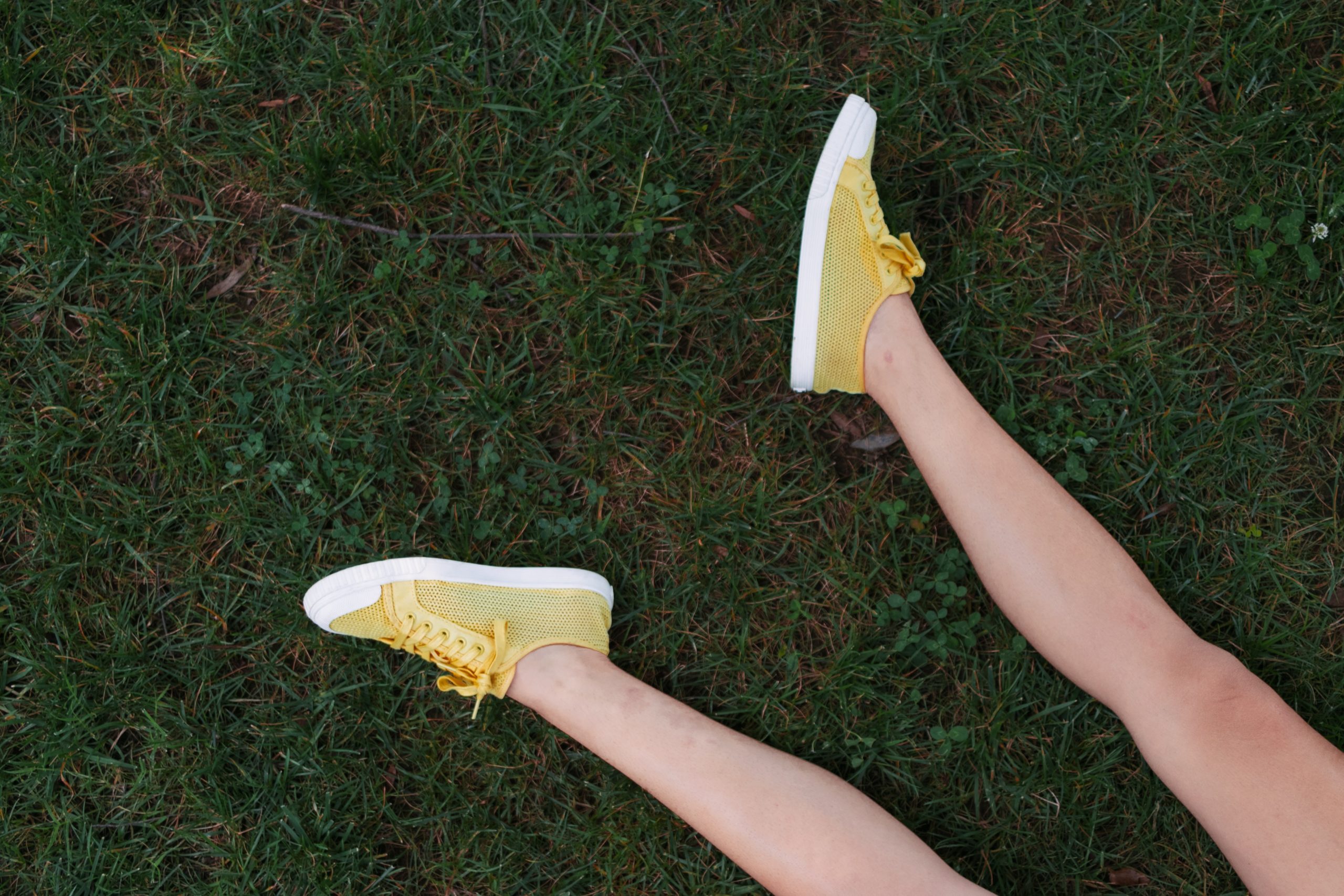
Keratosis Pilaris: What is it, and Can it be Treated?
Keratosis pilaris is a common skin condition, but many people are unaware of the symptoms and causes. Even some people with keratosis pilaris find themselves unsure of what the condition is and whether it can be treated. Keratosis pilaris is something that a lot of people suffer from and though it’s a completely harmless condition, it can result in low self-esteem and itchiness, especially as sufferers progress into adulthood. Thankfully, there are ways to reduce the appearance of keratosis pilaris and keep the symptoms to a minimum.
What is Keratosis Pilaris?
Keratosis pilaris is a skin condition which causes small, painless bumps to show up on your skin. It can also cause dry, rough skin in some cases. It’s a skin condition that can affect people of any age and for any length of time; some people have keratosis pilaris for many years, whereas others notice it coming and going quicker than that. Around 40% of adults are affected by keratosis pilaris, and between 50% to 70% of teenagers.
A lot of people experience keratosis pilaris for many years, and it’s a condition that tends to last a long time, though there are treatments aimed at improving the appearance of your skin. Some people find their keratosis pilaris to be mild and easy to ignore, whereas others become self-conscious of the bumps. If keratosis pilaris is becoming a problem, steroid creams and laser treatments are effectively short-term treatments. It’s important to remember that there is no cure for keratosis pilaris, and treatments only provide temporary results.
What Are The Symptoms of Keratosis Pilaris?
The main symptom of keratosis is pilaris bumps on the skin, which look similar to goosebumps. These bumps can be any colour – including red, white, brown and black – and they can even be the same colour as your skin. These bumps can appear anywhere on the body, but they are most commonly found on your arms and thighs. Dry and rough skin is also a symptom of keratosis pilaris. You don’t need to undergo any testing to be diagnosed with keratosis pilaris, and it’s something medical professionals and private skin dermatologists can diagnose by simply looking at the affected areas.
Patches, where keratosis pilaris is present can sometimes become itchy, especially during the winter months. This is due to the colder weather drying out the skin and the skin being irritated by clothing. It’s not uncommon for keratosis pilaris to become better and easier to manage during the summer and then worse again when the weather cools.
What Causes Keratosis Pilaris?
Keratosis pilaris is caused by the buildup of keratin on the skin, which eventually causes hair follicles to become blocked and painless bumps to form. Keratin is there to protect the skin from infections and harm, but too much can lead to irritatio
ns and keratosis pilaris. The buildup of keratin is composed of skin, hair and nails. It’s something that some people experience more than others.
Not a lot is known about why keratin builds up and why some people are affected by keratosis pilaris, whereas others are not, but there is evidence to suggest that the condition is genetic. If your parents have keratosis pilaris, there is a chance that you will have it too. If you have keratosis pilaris, there is a chance that your children will also have it at some point. You cannot catch keratosis pilaris from someone else, nor can you spread it to someone else, as it’s not an infectious condition.
For a lot of people, keratosis pilaris begins in childhood and worsens as they reach adulthood. Keratosis pilaris can affect some people for many years, but it usually clears up by itself eventually.
How to Reduce the Appearance of Keratosis Pilaris
As keratosis pilaris is caused by the buildup of keratin blocking hair follicles, treating the condition means focusing on keeping the skin as clean and clear as possible. By doing so, you are helping to remove the buildup of dead skin cells, dirt, hair and debris from the skin’s surface. There are a number of ways you can help to reduce the appearance of keratosis pilaris, many of which are listed below.
- Don’t scratch or rub your skin, even though keratosis pilaris can cause itchiness.
- Regularly moisturise your skin with a light moisturiser.
- Regularly exfoliate your skin using a gentle exfoliating mitt or glove.
- Do not scrub or exfoliate the skin too harshly, and avoid harsh scrubs.
- Use mild and unperfumed soaps, shower gels and bath products.
- Avoid using soaps and toiletries that could dry out your skin.
- Avoid showers and baths that are too warm, and stick to cooler water.
- After washing, pat yourself dry and avoid rubbing your skin with a towel.
Though there is no cure for keratosis pilaris, following the advice above can help to avoid the rough skin and small bumps that the condition tends to cause.
How is Keratosis Pilaris Treated?
There is currently no known cure for keratosis pilaris and, for many people, the bumps go away on their own eventually. However, there are two ways to treat the symptoms and minimise the appearance of keratosis pilaris in the meantime. Treatment for keratosis pilaris includes steroid creams and laser treatments, both of which will require you to see a private skin dermatologist as they are not usually available on the NHS. Creams containing salicylic acid and lactic acid can also improve the condition temporarily by softening the bumps.
Creams and laser treatments are both effective at treating keratosis pilaris, but the condition does come back once treatment has worn off, and they are only temporary fixes. This is why it’s important to consistently keep on top of keratosis pilaris. Scheduling regular treatment is necessary to prevent bumps from returning.
Though there is no way to cure keratosis pilaris completely, treatment can help reduce the appearance of bumps and dry patches of skin. To learn more about laser treatments for keratosis pilaris, speak to a specialist.

